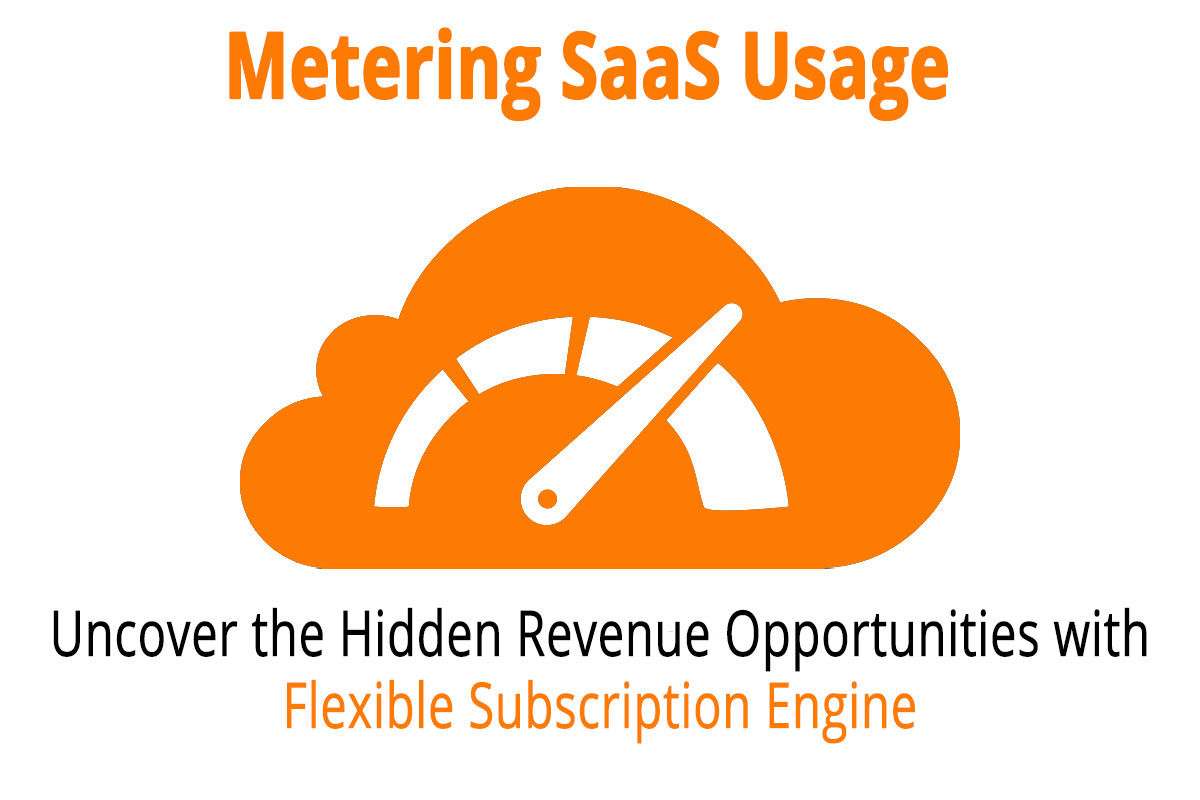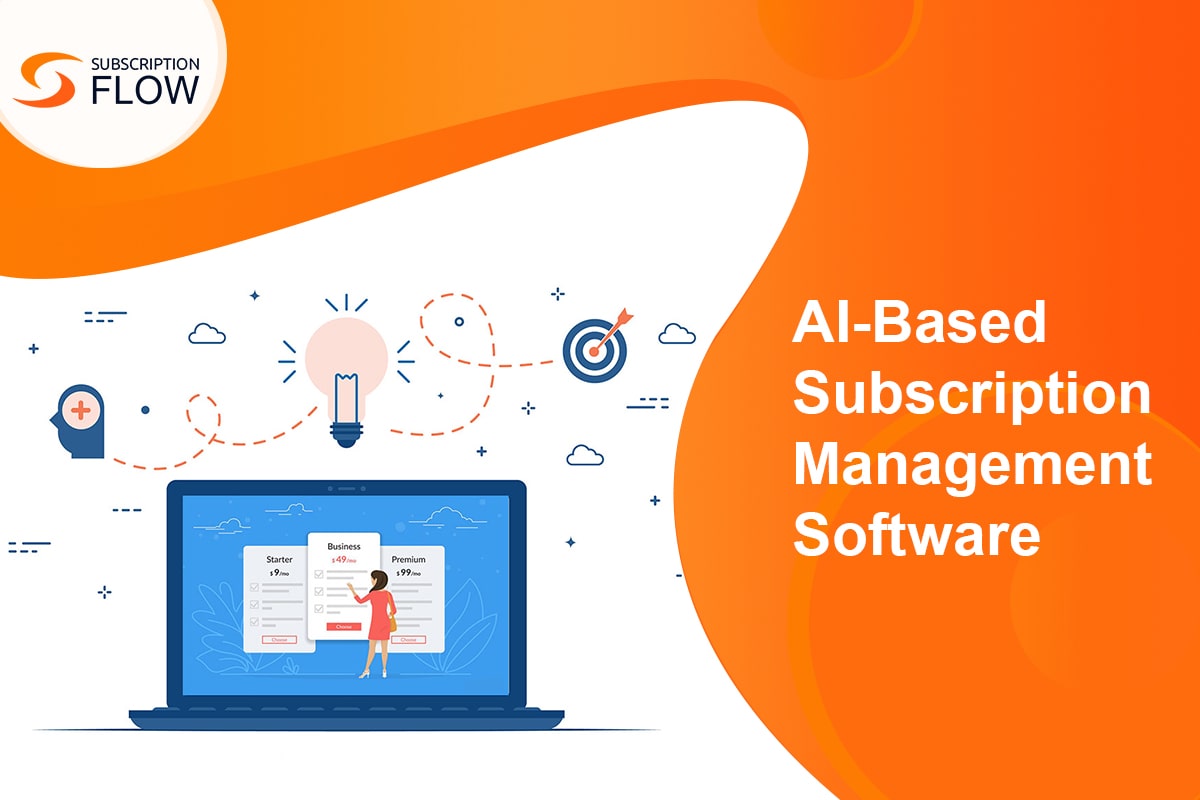
Metering SaaS Usage—Learn How a Flexible Subscription Engine Uncovers the Hidden Revenue Opportunities
Metered billing is the Pay-As-You-Go billing model. Also known as usage-based or consumption-based billing. It is the best SaaS billing model so far as it allows SaaS merchants to charge their customers that favor them most and helps in growing SaaS Recurring Revenue Stream by charging customers for only what they have used.
Of course, not all SaaS customers are suitable for metered billing bust most are. And, they can opt for metered billing in combination with introductory freemium or flat billing as hybrid billing for SaaS products.
However, the two models for the SaaS billing are Flat-Fee Billing and Usage-Based Billing.
Choosing, strategizing and implementing them wisely as the customers and their requirements are will widen the horizon for SaaS billing flexibility and increases the customer base.
How Metered Billing Can Work Best for A SaaS Product?
Different types of metered billing or usage-based billing are there that can be implemented when the pricing is optimized intelligently. The following pricing models for the metered billing optimization are the effective ways to mint more money by facilitating customers from all the needs and budget to use the SaaS and contribute in the recurring revenue growth and expansion of the customer base:
- User-Based Billing
Pay-per-user or user-based billing is used to charge customers based on the number of users or individuals who are given the access to use the SaaS product. However it varies from SaaS to SaaS but for most, it is not as such favorable metered billing as it benefits the recurring revenue is subject to the adoption of the SaaS product by the users in a company.
- Volume-Based Billing
As its name suggests, it is the billing based on the consumption of volume. For instance, a SaaS allows 10 GB for $5 for Web hosting, and afterwards, it charges $2 for every GB, which is the hybrid form of flat + volume-based billing. That’s the most common model for B2B SaaS as it works with any company sizes and also exists as quantity-based billing, too.
- Transaction Billing
Also called as Units-Per-Transaction Billing. It is used to charge the customer based on the units in a transaction. The unit can be anything—feature, tier, user, volume, quantity, or any.
- Tiered Billing
Offering customers access to the SaaS platform and its features based on multiple tiers of different pricing is tiered-pricing. The tiered pricing allows offering the different version of the SaaS at different pricing. These can be based on features, one or several users, or usage.
The SaaS merchant can create as many tiers as diversifies is its customer base. This pricing model serves the purpose of upselling, cross-selling, or re-selling of the SaaS products.
On different levels, it can be confusing if handled manually. The AI-led subscription software helps best with the tiered billing.
- Promotional Billing
It is the addition of promotional coupons and vouchers that offers a fixed or a percentage of the discount or additional feature in the overall billing when implemented. The metered billing incur quite a cost to the customers so the promotions of add-ons attract more customers to subscribe to more features or tiers.
Also Read: What is Usage-Based Billing?
SubscriptionFlow—the Highly Flexible Subscription Engine to Meter SaaS Usage
SubscriptionFlow is a highly flexible and scalable subscription management software to automate the recurring invoicing, billing, and payment processing. It is a feature-rich platform that helps SaaS businesses to not only optimize their recurring revenue to its fullest, but also use customer’s personal, billing, or payment data to offer their customers an extremely personalized customer experience
SubscriptionFlow offers SaaS to bill their customers the way they used the SaaS product and mint money. To help SaaS subscription services providers with the attainment of the best of the recurring revenue opportunities with the pricing and billing optimization as per the customer usage, SubscriptionFlow offers some of the highly efficient billing solutions. These are:
- AI-led Price Optimization
The pricing engine plays the most important role in optimizing the revenue by identifying the best pricing point. SubscriptionFlow offers an AI-powered pricing engine that allows SaaS subscription companies to charge their customers that best adds the revenue into the stream. The AI-based price optimization module by learning, analyzing, and understanding the purchasing patterns and market competitive pricing trends unravels the pricing point that can further be customized based on the customer SaaS usage.
SaaS businesses by using SubscriptionFlow can meter customer usage of our software and calculate charges for multiple program types including flat subscription pricing, unit pricing per transaction, unit pricing based on percentage charge per transaction, volume pricing, tiered pricing, and promotional pricing.
SubscriptionFlow automates the complete workflow of recurring billing from pricing and invoicing to payments processing and revenue management. The automation of the repetitive tasks of invoicing, making adjustments in the billing based on promotions, coupons or vouchers implementation, and special discounts, mid-of-the-cycle pan changes adjustments, and more.
The automated order-to-cash cycle of the SaaS product made it extremely easier with SubscriptionFlow.
In the metered SaaS billing, proration is the process of adjusting billing for mid-of-the cycle changes in the subscription plans. It could be a plan upgrade or downgrade, a plan cancelation, a plan pause or re-activation, or even a change in the metered billing due to the addition or removal of a feature or user, or any other unit.
With prorated subscription billing, charge customers for what they have used only, and find more opportunities for the satisfied customer base with more attractive recurring revenue growth opportunities.
- Coupons, Vouchers, and Add-Ons Implementation
Promotions are the best ways to draw traffic, improve metered billing, and excelling recurring revenue in the form of promotional coupons, vouchers, or add-ons that can easily be created, saved, and implemented time and time, again in the recurring billing modules of SubscriptionFlow.
The add-ons promotions leverage the recurring revenue meter through the volume-based, tiered-, and other usage-based billing. The AI assistance in the recurring billing further recommends the coupon, vouchers, and other promotional strategies optimization to convert more leads into paid customers.
In the recurring billing and online payment processing, the biggest turn-off is the payment failure. The payment unsuccessful status due to insufficient funds, technical glitches, or the issuer’s down-system often results in the involuntary churn.
In the metered SaaS usage, over-usage results in billing more than the available funds or the transaction limit, and the SaaS merchants may face the payment rejections or payment failures.
Dunning mitigates the threats of losing revenue because of churn. It is the process of recovering the revenue by setting the rules to re-try the payments until it recovers or the trigger-actions are programmed.
- Recurring Revenue Optimization, Monitoring, and Reporting
In the metered billing, the recurring revenue cannot be projected and predicted as easily as it can be achieved in the flat-fee or its variant billing. SubscriptionFlow is equipped with Business Intelligence (BI) and Business Analytics (BA) tools that make tracking, monitoring, and reporting the KPIs in the metered billing and suggest optimization, accordingly.










